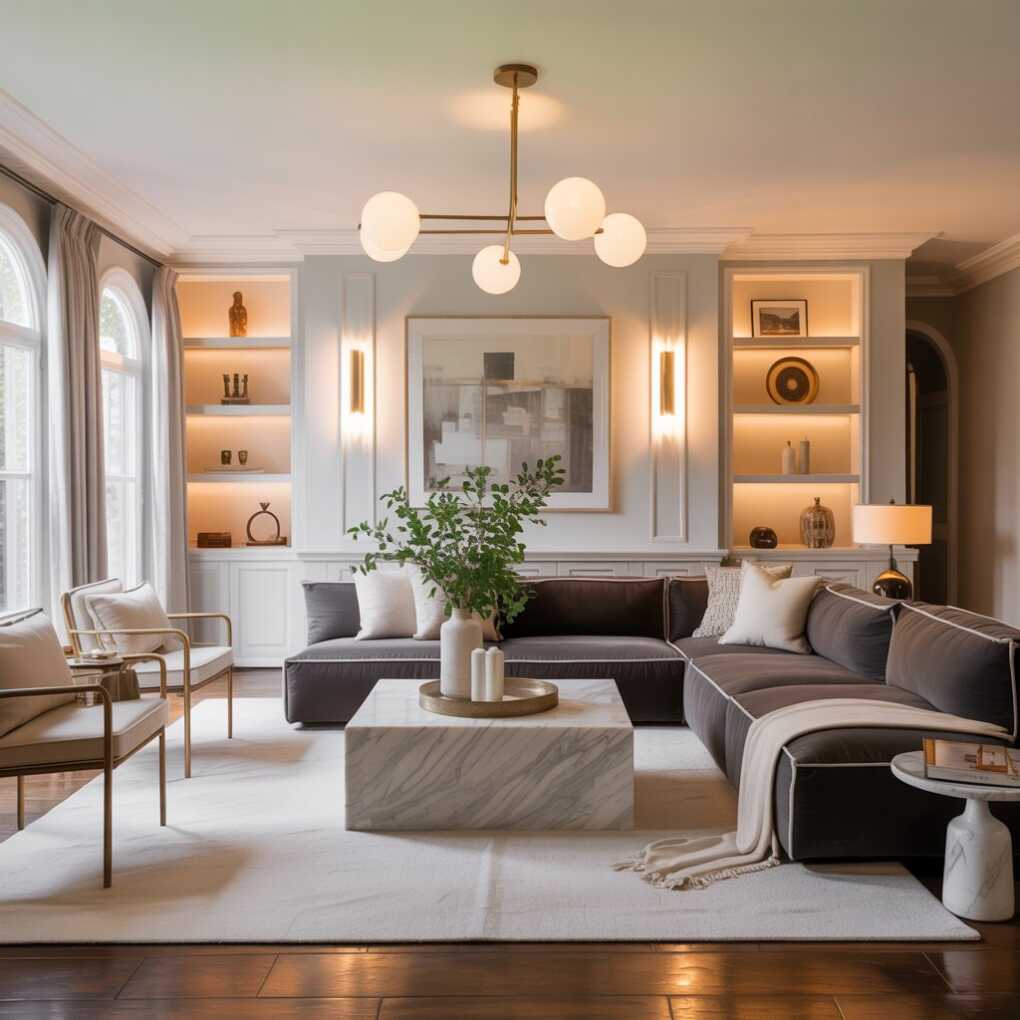Buying a home is easily one of, if not the biggest, financial decisions most people will ever make. Homes in many areas are often valued in the six or seven-figure range, and their values can grow significantly based on the current housing market.
Because of this, when you’re thinking about making larger changes or renovating your space, it’s essential first to consider how your choices can affect its long-term value. This is especially true if you are willing to sell it in the next few years and want to get the best possible offers when the time comes.
But increasing your home’s value doesn’t just happen by randomly updating things here and there. To get the most bang for your buck, you need a plan. Below are a few proven strategies to make sure your home improvement funds are well spent on your next renovation project.

Improving Your Curb Appeal
We’ve all heard the saying, “Don’t judge a book by its cover,” but when it comes to real estate, that’s often the first thing buyers do.
With so much money on the line, people looking to buy are looking for any sign that shows them they’re making the right investment. More often than not, their gut feeling is heavily influenced by what they see before they even step through the front door.
A property’s “curb appeal” sets the tone for your entire property viewing. It can be the make-or-break factor that either draws a buyer in or has them moving on to the next house.
You should always think about your home’s exterior as its first handshake. Just like you’d probably wear your most professional-looking outfit when going on a job interview, your home needs to make a memorable first impression. Take a look at your property from a street view and think about the different improvements you could make. This might be a freshly mowed lawn, new flowers in the flower bed, or a fresh coat of paint.
Keeping Interior Spaces Decluttered
You spend a lot of time in your home, so of course, you want to make it your own. You may have filled it up with different decorations that you love or repurposed the basement as an art studio. However, when it’s time to sell, the focus has to shift to what a potential buyer sees and feels.
Keep in mind that while your unique design style may be perfect for you, it might not resonate with the next owner. To make sure your personal taste doesn’t get too distracting during a showing, you’ll want to try to “neutralize” the space by putting away personal items and tidying up every area.
Doing this helps a buyer to be in the right mindset when they look around. By clearing the space, you’re giving them a blank canvas where they can start to imagine how they might use the space for themselves without being distracted by design choices they wouldn’t have made.
Making Optimal Lighting Choices
Every little detail in your home’s design contributes to how a visitor perceives its value, but often, homeowners forget just how important having the right amount and type of lighting can be.
The right lighting options can make a space feel warmer, more open, and much more inviting. For this reason, you should always maximize the natural light you have throughout the home. When showing your home, make sure all the curtains and blinds are open. This can actually make rooms feel larger and less boxed-in.
In rooms that don’t get a lot of sun, consider installing smart or dimmable lighting fixtures. These allow you to adjust the brightness and color temperature, which can help you create a softer, more natural feel that avoids harsh, artificial glare.
Modifying Kitchen and Bathroom Layouts
There’s an important thing to keep in mind when considering a move—kitchens and bathrooms are what sell houses. While there’s a bit more to it than this, since these functional rooms are often the most used by all homeowners, it pays to make thoughtful upgrades that improve how someone can use and enjoy them.
Depending on your budget, there are many ways to redesign your kitchen or bathrooms. A simple but effective route is to replace outdated faucets, handles and other hardware, or light fixtures with more modernized options. Upgrading to energy-efficient or water-saving appliances is another smart move that many buyers look for when trying to calculate their long-term utility costs.
While how these rooms look is important, how they function is what really matters. New owners can easily paint walls or bring in a new fridge, but dealing with the plumbing and electrical systems hidden behind the drywall is a much bigger headache. If you can tackle these types of improvements ahead of time, you’ll be adding significant value that most buyers will recognize and appreciate.
Replacing Outdated Flooring
New flooring can be another great way to transform a home. Many older homes have dated, worn-out carpets or tired-looking floors that can really bring down the overall feel of a room during a showing. While replacing flooring requires a real investment of time and money, the payoff is almost always worth it.
Preferences can vary by area, but as a general rule, hardwood and tile floors are more desirable than carpet. Their biggest selling points are durability, ease of maintenance, and the clean, modern look they provide. If solid hardwood isn’t in the budget, high-quality alternatives like modern laminate and luxury vinyl are also excellent choices that offer a similar aesthetic for less.
Help Increase Your Home’s Value
You don’t have to tear down walls or drain your bank account to increase your home’s value. In many cases, it’s the smaller, strategic updates that leave the most lasting and positive impression on buyers.
Thinking carefully about your home improvement projects helps ensure that every dollar you spend is an investment that pays you back, helping you get the best possible asking price when it’s time to sell.
Rebecca Denis
Rebecca Denis is the Head of Interior Design at Revive Real Estate and an accomplished interior designer with over a decade of experience creating inspired, functional spaces. Known for her refined aesthetic and meticulous attention to detail, Rebecca brings creativity and strategy together to transform everyday interiors into meaningful experiences. She’s built a reputation for turning ideas into inspiring spaces that balance beauty, comfort, and function. Rebecca’s diverse portfolio includes commercial projects, curated show homes, and bespoke custom interiors—each reflecting her belief that thoughtful design can elevate how people live, work, and feel in a space.

